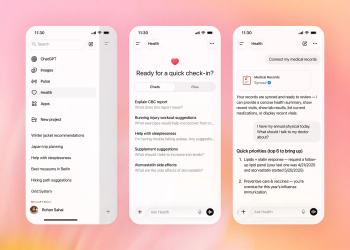
Agency tasked with reducing Medicare spending has increased it
Report finds money spent on developing new payment programs exceeded savings from them
The agency formed to save money for Medicare by developing
A new Congressional Budget Office (CBO) report estimates that the
Those models reduced spending on health care benefits by $2.6 billion, resulting in $5.4 billion in increased direct spending, equivalent to about 0.1% of Medicare total spending. That increase contrasts with the CBO’s projection when the ACA was enacted that the center would produce $1.3 billion in savings.
CBO says its current estimates reflect its review of published evaluations of 49 payment models begun by CMMI during its first decade, as well as corresponding historical budget data. Six of those models generated statistically significant savings, and four of those have been approved for expansion. Those include the
During the period spanning from 2011 to 2020, CMMI's activities were found to have increased direct spending by $5.4 billion, equivalent to 0.1 percent of net spending on Medicare. CBO's examination of published evaluations of 49 models initiated during CMMI's first ten years, alongside historical budget data, forms the basis of these findings. While CMMI spent $7.9 billion on operating these models, they only managed to reduce healthcare benefits spending by $2.6 billion.
These findings mark a significant change from CBO's initial projections when the ACA was enacted. At that time, CBO had predicted net savings of $2.8 billion over the 2010–2019 period. This estimate was based on the expectation that CMMI's models would lower spending on benefits by $10.3 billion, which would outweigh the $7.5 billion spent on operating the models.
Looking ahead, CBO projects that CMMI’s activities over its second decade will increase net federal spending by $1.3 billion, or 0.01 percent of net spending on Medicare. If CBO used its 2010 approach instead, it would estimate net savings of $77.5 billion, or 0.8 percent of net spending on Medicare, in 2021-2030 period. CBO says the difference between CBO’s current projections for the second decade and projections using its 2010 approach largely reflects an update in the agency’s expectation about the rate at which CMMI will identify and expand models that reduce spending.
Newsletter
Stay informed and empowered with Medical Economics enewsletter, delivering expert insights, financial strategies, practice management tips and technology trends — tailored for today’s physicians.








